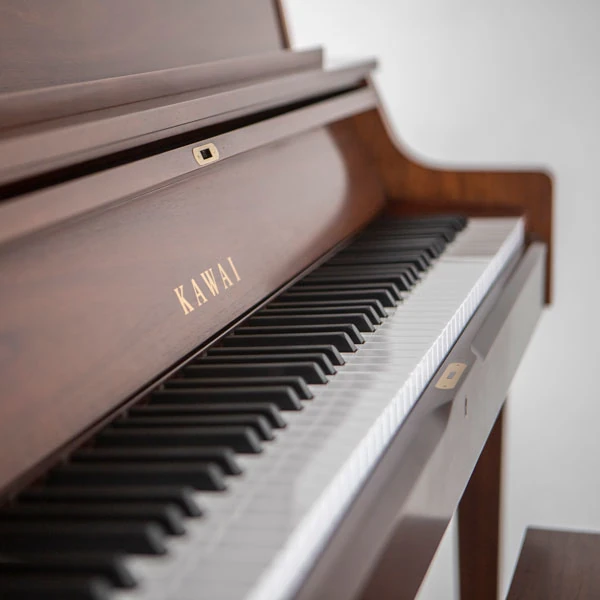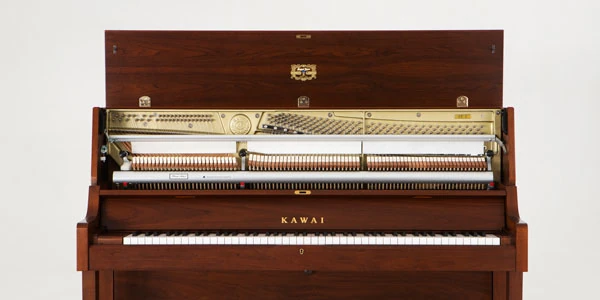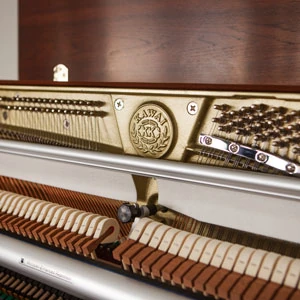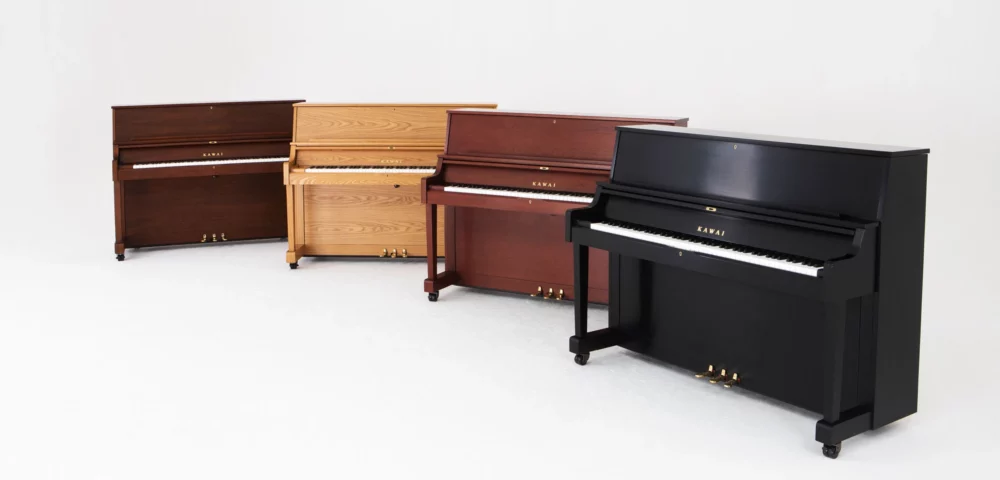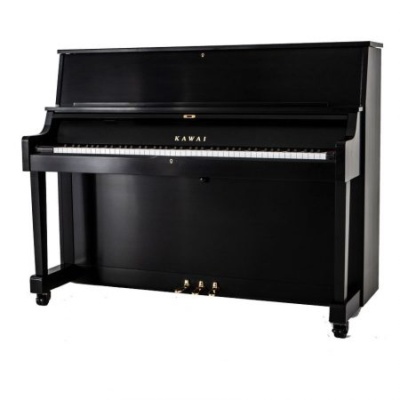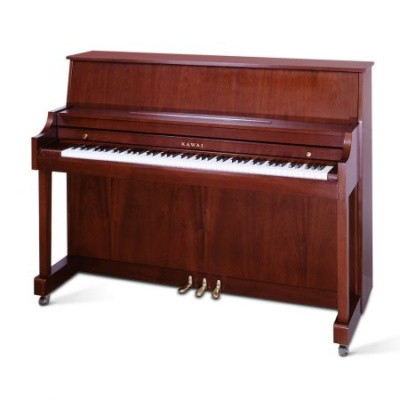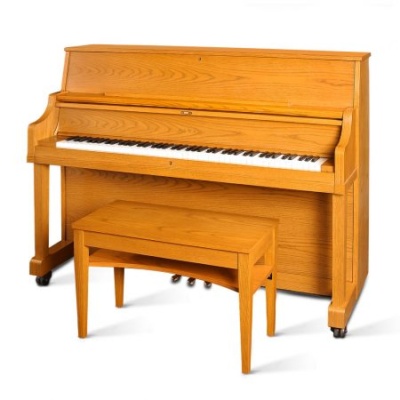BUILT TO WITHSTAND THE TEST OF TIME
When people choose a piano for the home, the main decision criteria are touch, tone and stability. They want a piano that sounds good, plays well and can maintain both of these qualities consistently over time. In the institutional world, however, the parameters shift. Tone and touch still matter, of course. But when a piano will be played 8-12 hours per day, the attributes of stability and durability matter most. An institutional piano must provide a reasonable level of touch and tone over years of rigorous use and frequent relocation. To accomplish this, the internal action and the external cabinet must be designed and built with one goal — to withstand the test of time. Kawai institutional upright pianos feature the same excellent tone and touch that piano buyers have come to expect from Kawai instruments for over 90 years. But the utilization of state-of-the-art composite parts in the action and the intelligent structural design of the cabinet set Kawai institutional pianos in a class of their own.
“MATCHED STRENGTH” PLATE DESIGN
The cast iron plate of an upright piano is subjected to as much as 20 tons of string tension. To enable our plates to withstand this tremendous stress, we use state-of-the art CAD technology to match the strength and natural tonal resonances of the plate to the requirements of the scale design. The proper combination of plate design, back post structure, and string tension provides an extraordinary foundation for outstanding tone and durability.
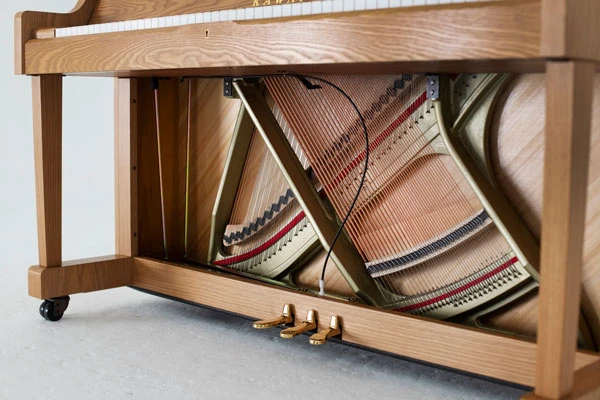
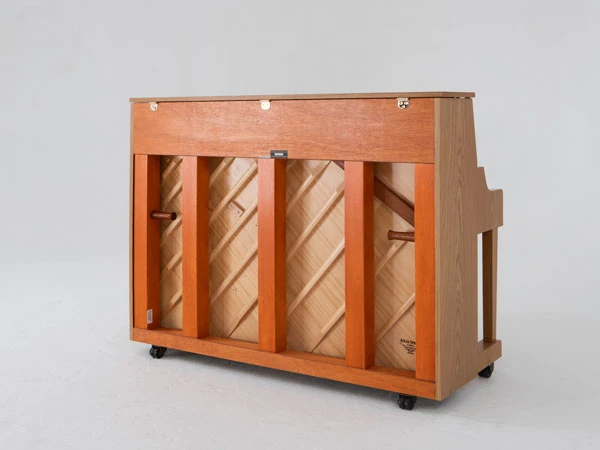
SOUNDBOARD AND RIBS
The most important sound-producing parts of a piano are the soundboard and ribs. The choice of materials and the manner in which they are assembled can greatly affect volume and tone quality. Our wood technologists select only the finest spruce to ensure outstanding dynamic range and superb tone across the entire spectrum of sound.
